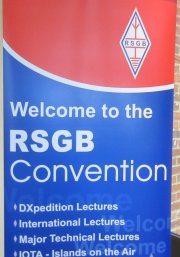 The weekend of the 12th and 13th of October 2013 saw the RSGB’s Convention take place at Horwood House, close to Milton Keynes.
The weekend of the 12th and 13th of October 2013 saw the RSGB’s Convention take place at Horwood House, close to Milton Keynes.
If you’ve not been to the annual conference before, here’s a quick summary of our experiences at this year’s event:
2013 was the Centenary Convention, and it’s a chance to meet up with other amateurs, socialise, and listen to top amateur radio and industry speakers. Here are some of this year’s highlights:
- Lectures from Ofcom, the creator of JT65/WSPR and attendees of some top DXpeditions
Talks on training, IOTA, Raspberry Pi, the RSGB’s history, plus an update on STRand1 amateur satellite - The chance to sit all levels of UK and US exams
- An exhibition area, including stands from icom, Kenwood, the RSGB bookstall and event sponsors Martin Lynch
- Construction contest, a CW challenge, DXCC card checking and activity from RSGB Club Station GB3HQ
- Awards, a raffle, plus tea/coffee, and lunch
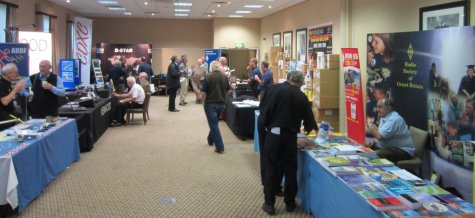
Here are a few highlights of my time at this year’s convention:
Ofcom Amateur Licence Review Preview
This talk was certainly one of the more popular, and vocal talks of the weekend. Presented by Paul Jarvis and Ash Gohil from Ofcom, this took an advance look at the upcoming consultation into possible changes to the amateur radio licence. At this time, this was a pre-briefing ahead of a wider public consultation, so nothing set in stone – it was just an outline of what’s being considered.
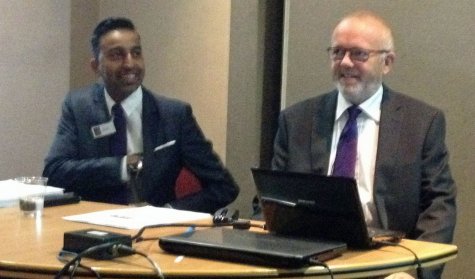
I’ve created a separate post on this, which you’ll find here: Ofcom Amateur Radio Licence Review
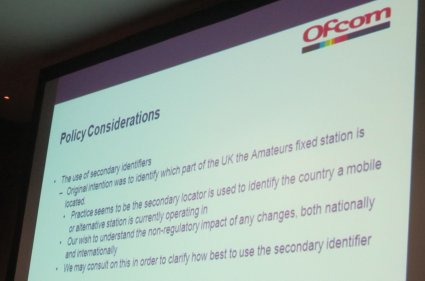
DXing with weak signals – Joe K1JT
The was one of the highlights for me. I’ve been a fan of the JT65 data mode for some time, and more recently, I’ve been trying JT9. I’ve also made use of WSPR a far bit, for propagation reporting. The man behind all three of these weak signal data modes is Joe Taylor K1JT, and it was great to hear him talk about the modes, the thought behind how he put together the modes, and how they have transitioned from being an EME moonbounce mode, to being the common DX mode that they’ve become. It was also good to find out what the “65” in JT65 stands for – The number of times (1 sync tone and 64 different data tones).
With my log showing over 850 JT65/JT9 QSOs, with over 300 different prefixes, it’s a favourite mode of mine, and I couldn’t resist the opportunity to shake Joe’s hand, and get a picture with the man himself, although I can’t help feeling that I must have come across as something of a Joe Taylor “groupie”. Not often you get the chance to meet the creator of your favourite protocol, and here’s the pic of me with the man himself.
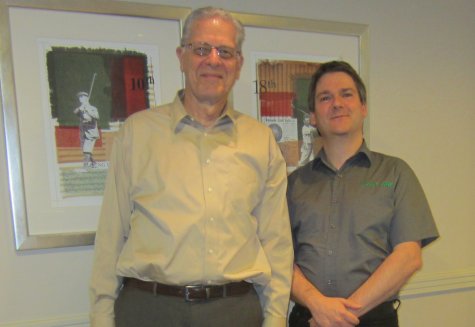
The Exams
The convention presents an opportunity to take all three levels of exam, and it was nice to chat to some of those patiently waiting for their Advanced exam at the 10am slot on Sunday – good luck chaps.
There was also the chance to sit the US exams, and I couldn’t resist having a go. The procedure is very different to sitting a UK exam, and I’ll be writing up my experiences of the US vs UK exams as a separate post in the coming days. Thanks to the team of 4 US Volunteer Examiners for showing me how it’s done, and for the “Certificate of Successful Completion of Examination”
The People
Nice to bump into a number of familiar faces for a catch-up, including Rob M0VFC, Justin G0KSC from Innovantennas, Trevor M5AKA and Murray G6JYB. Also nice to catch up with the top training team of Steve Hartley G0FUW and Alan Betts G0HIQ, and to chat to the boys from Martin Lynch.
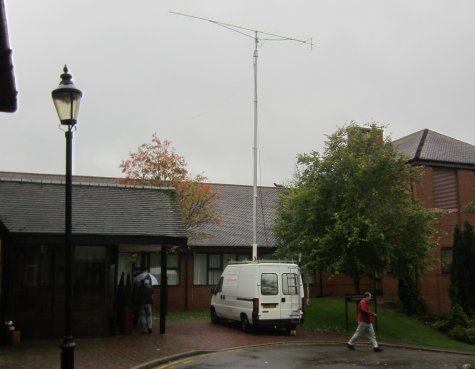
The event took place at Horwood House, near Milton Keynes on the 12th and 13th of October. Apologies to anyone I’ve missed. All-in-all, an interesting one – the first one I’ve been to. With admission at £10, a good solid amateur radio event for next year’s calendar.
Did you go? Please add your comments below.
Pete M0PSX

